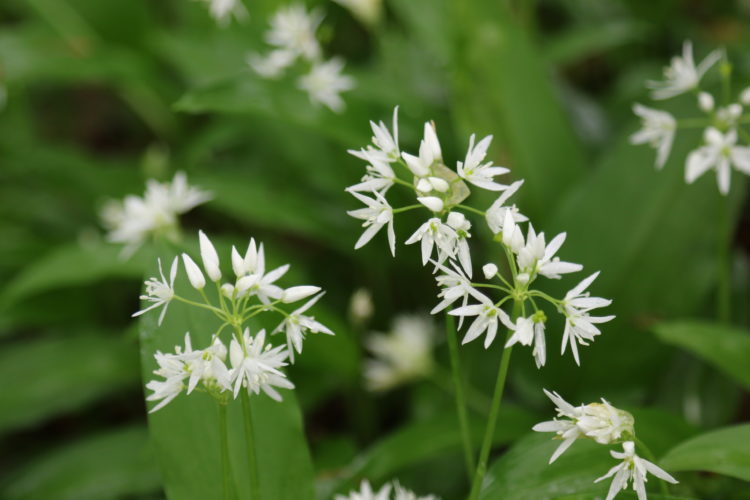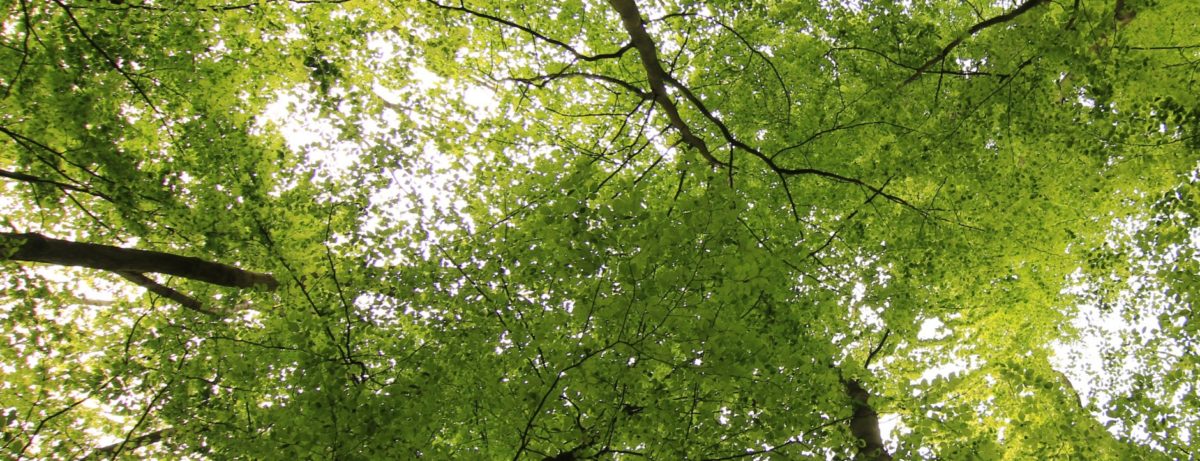
Wild garlic
Learn more

Quercus robur
A venerable species of tree found in our forests, I can reach between 25 and 35 meters at maturity. My lobed leaves are almost sessile, which means they only have a very short stalk or “petiole”. However, my acorns have long peduncles.
You can spot the oldest members of my species by their crevassed bark and the size of their trunk that can be impressively large.
